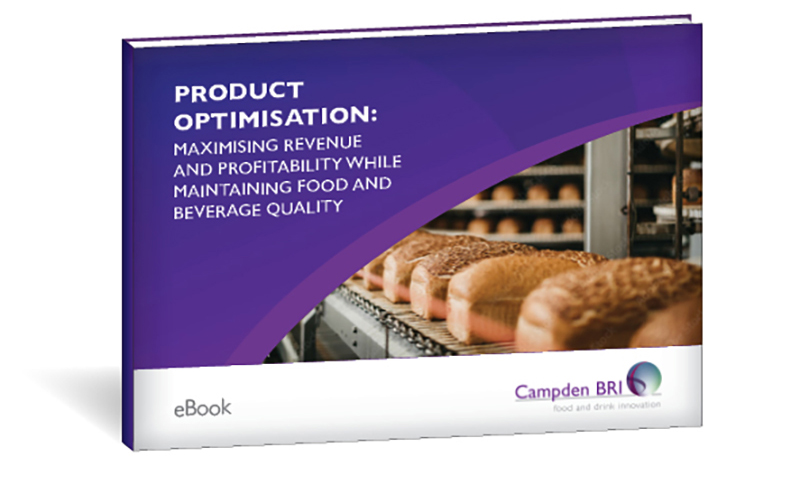
So, you've optimised your product - but do your consumers agree?
30 January 2023 | Sarah Thomas, Innovation and Consumer Insights Manager
Reducing food and drink product costs may not pay off unless you understand what your consumers value most about your product. Therefore, consumer research is crucial to ensure that you preserve your product’s competitiveness in the marketplace.
Product optimisation can be defined as an approach to manage product costs effectively, whilst also focusing on those product attributes that delight customers and deliver on quality. In the current macroeconomic climate, the focus on reducing product costs whilst maintaining or improving product value is paramount. There are multiple ways to achieve Product optimisation and nearly always there is a need to validate the changes with consumers prior to relaunch.

It is important to identify what consumers enjoy and value about a product
In the first instance, to achieve value optimisation it is important to identify what consumers enjoy and value about a product. From a food or beverage perspective, this could involve the identification of specific flavour and/or texture attributes that drive consumer liking, as well as other product features – the ‘Must-haves’ (hygiene factors, which if missing cause dissatisfaction) as well as the ‘Delighters’ (those unexpected factors that have a positive impact on the consumer experience). In addition, it is important to identify those attributes that consumers don’t want to experience when consuming a product. By learning what consumers do not like, it is possible to avoid pitfalls that may decrease sales.
After identifying the value of a product, the next step is to improve the cost efficiency of producing, distributing and/or storing the food or beverage product whilst maintaining quality and perceived value. Regardless of the route to cost optimisation – changing the recipe, switching to cheaper ingredients, extending shelf life, reducing packaging size or implementing a new manufacturing process – it is advisable to check that the ‘new’ product performs on par with or better than the existing product prior to relaunch.
By conducting concept evaluation, product taste assessments and/or usage and attitudinal studies with consumers, it is possible to ‘sense check’ and validate the success of the changes that you have made to your product. Depending on the test methods used, results can demonstrate the level of product appeal and associated sentiments, consumer liking and satisfaction of key attributes, as well as exploring consumer perceptions and different touchpoints on the consumer journey.
Conducting consumer research pre and post relaunch is crucial
Retaining and growing the number of brand-loyal consumers is imperative for successful product optimisation. Therefore, conducting consumer research pre and post relaunch is crucial to prevent brand erosion and to preserve your product’s competitiveness in the marketplace.
If you are facing a product optimisation challenge, where results from consumer research would help unlock the puzzle and present the way forward, then please contact the Sensory and Consumer Insights team.

About Sarah Thomas
Sarah is an experienced consumer insights practitioner, whose background in qualitative research provides a skill set that is sensitive to understanding the complexities of individuals’ thoughts, feelings, and behaviours. Sarah works closely with clients to fully comprehend their research needs and respond with tailored study designs that deliver solutions to technical challenges and/or inform new product development.
How can we help you?
If you’d like to find out more about how our Consumer Insights Experts can help, contact our support team.
Download our FREE Product Optimisation eBook today!
Explore different strategies to maximise your product revenue and profitability without compromising quality.







